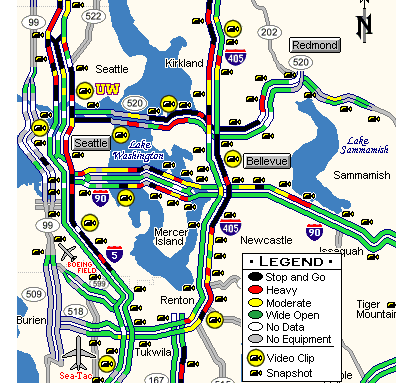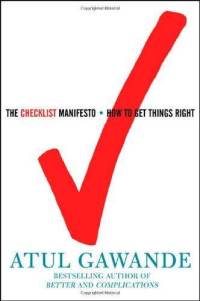Update: the book this job was for was published.
Weeks ago I posted a job ad for a designer position on my next book. This led to a post on sometimes working for free and why I support the idea. Then after what seemed a long debate, I apparently changed my mind with a new job posting. A few asked me to explain, so here we go.
In retrospect it was a poorly written ad.
I asked for a “design god” while simultaneously suggesting there wouldn’t be much pay, if any. The combination is offensive. I can understand that. Anyway, I don’t need a design god – or even a demi-god. A talented and motivated design student could fit the bill perfectly. Or a veteran looking for a fun and interesting side project. I got carried away, on both ends.
My goal wasn’t to cheapskate my way to a book. Instead it was to raise a flag in my network for people who find the project, or working with me, interesting enough to do it primarily for those reasons, not the money. If a great candidate stopped by and said they need a minimum of X or Y, I’d likely say yes. Perhaps that’s arrogant, stupid or both. Mea Culpa. As I said, it was a poorly written ad.
I’ve written a new ad and just posted it.
One reason for the first change was, practically speaking, the debate over free garnered more attention than the job itself (FAIL again for me as a copywriter).
The most convincing argument I read was this one from Baldur and Jace:
You are a writer with a record and it’s reasonable for an outsider to assume that a book you self-publish will earn you money. You’re not doing this as a non-profit project, you’re not donating the proceeds to charity. You expect to profit from the project financially.
(Jace) I basically agree with Baldur here. You’re asking someone to put in a lot of work on an an experimental project, yet accept a disproportionately low (as in zero) share of any possible rewards, which are — let’s face it — likely
It’s surprising how certain some of you are of my future success. As the guy who actually does the work, I know differently. I know nothing is guaranteed to me. I know no one will buy my next book purely because of my ‘record’. Exceedingly few books earn back their costs, much less make money, and self publishing adds even more risk. But you readers don’t know that – it’s hard to believe all this from your end of the web browser. These two comments made clear how my ad looked to you (“uber-author rips off small innocent creatives”) and I got it.
But as to the question of the philosophy of free, many of the arguments didn’t hold water:
Fuzzy The Bunny wrote:
I’ve heard all these arguments a million times. The experience! The experience! did I mention the experience? Experience is only as good as the future job it will help you land.
I agree.
And if you don’t think the experience of a free job is worth the investment, don’t take the job. If you work in a profession where literally no one ever gets paid, not even the best and brightest, it’s worth asking why you’d call that a profession and not a hobby. And if some do get paid, it’s likely because they are more experienced than their peers. Seeking experience is what writers, artists, actors and dozens of other kinds of professionals have always done. You will not find a painter or songwriter who didn’t work for free at some point or another in trade for experience and exposure.
Sam Greenfield wrote:
There is precedent for this kind of work. Union actors are not allowed to work for free without a waiver from their union.
True, but there are other precedents. For independent films many very successful actors waive their fees, because they want to help the project or the director. Many other professions have trial projects and true freelance work, where given a sufficiently good opportunity people are willing to trade experience for pay. For anyone who doesn’t think my job is a sufficiently good opportunity, no problem. I didn’t expect them to apply. But it was those who do that I was trying to find.
Bruce Heilbern wrote:
Never ever ever work for free. Once companies learn they can get someone for free you will displace a paid employee. Never work for free; the conpany doesn’t.
Really? Most companies I know like to pay employees so they’re guaranteed to keep them employed there. Especially if they are talented and have other options (say, working for a competitor).
Larissa wrote:
As designers, we already have a hard time being respected for our work because some people think it’s just “pushing pixels” – so I strongly disagree with the idea of working for free. If you do it for one person, then everyone will expect you to work for free.
Nearly everyone has trouble being respected for their work. Everyone makes fun of lawyers, politicians, accountants, you name it. As I mentioned, I have written for free many times, and also do paid projects. The exposure of a free project may be the only way to find people who have budgets to pay you for similiar work. But it’s up to you to judge how much exposure a project might give you in return for your efforts. I never said say yes to all free work, only to work where the total benefits outweigh your total costs.
Jessie Mac wrote:
However, if you’re already getting paid work in that profession, working for free doesn’t make sense unless the project brings other benefits such as marketing exposure, networking possibilities or potential future paid work etc. In the end it’s up to you to decide if those benefits make the unpaid work worth it.
Exactly. I totally understand people saying no to a project as it’s not a good trade for them. But that’s different from suggesting no one should ever work for free, or on a project like mine.



